
George Dewey Cukor was an American film director and producer. He mainly concentrated on comedies and literary adaptations. His career flourished at RKO when David O. Selznick, the studio's Head of Production, assigned Cukor to direct several of RKO's major films, including What Price Hollywood? (1932), A Bill of Divorcement (1932), Our Betters (1933), and Little Women (1933). When Selznick moved to Metro-Goldwyn-Mayer in 1933, Cukor followed and directed Dinner at Eight (1933) and David Copperfield (1935) for Selznick, and Romeo and Juliet (1936) and Camille (1936) for Irving Thalberg.

Vivien Leigh, styled as Lady Olivier after 1947, was a British actress. She won the Academy Award for Best Actress twice, for her performances as Scarlett O'Hara in Gone with the Wind (1939) and Blanche DuBois in the film version of A Streetcar Named Desire (1951), a role she had also played on stage in London's West End in 1949. She also won a Tony Award for her work in the Broadway musical version of Tovarich (1963). Although her career had periods of inactivity, in 1999 the American Film Institute ranked Leigh as the 16th-greatest female movie star of classic Hollywood cinema.

William Clark Gable was an American film actor. Often referred to as the "King of Hollywood", he had roles in more than 60 motion pictures in a variety of genres during a career that lasted 37 years, three decades of which was as a leading man. He was named the seventh greatest male movie star of classic American cinema by the American Film Institute.

Carole Lombard was an American actress. In 1999, the American Film Institute ranked Lombard 23rd on its list of the greatest female stars of Classic Hollywood Cinema.
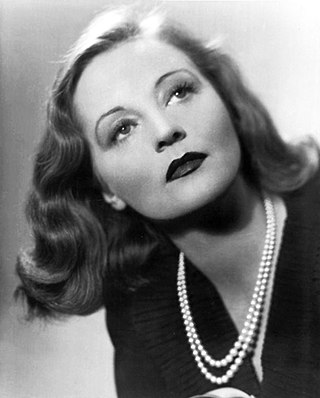
Tallulah Brockman Bankhead was an American actress. Primarily an actress of the stage, Bankhead also appeared in several prominent films including an award-winning performance in Alfred Hitchcock's Lifeboat (1944). She also had a brief but successful career on radio and made appearances on television. In all, Bankhead amassed nearly 300 film, stage, television and radio roles during her career. She was inducted into the American Theater Hall of Fame in 1972 and the Alabama Women's Hall of Fame in 1981.

Katie Scarlett O'Hara Hamilton Kennedy Butler is a fictional character and the protagonist in Margaret Mitchell's 1936 novel Gone with the Wind and in the 1939 film of the same name, where she is portrayed by Vivien Leigh. She also is the main character in the 1970 musical Scarlett and the 1991 book Scarlett, a sequel to Gone with the Wind that was written by Alexandra Ripley and adapted for a television mini-series in 1994. During early drafts of the original novel, Mitchell referred to her heroine as "Pansy", and did not decide on the name "Scarlett" until just before the novel went to print. PBS has called O'Hara "quite possibly the most famous female character in American history..."
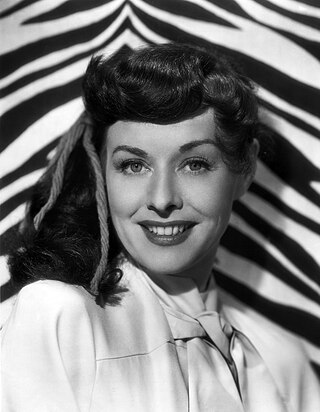
Paulette Goddard was an American actress and socialite. Her career spanned six decades, from the 1920s to the early 1970s. She was a prominent leading actress during the Golden Age of Hollywood.
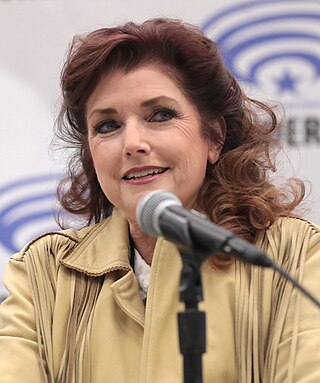
Morgan Brittany is an American actress. She began her career as a child appearing in films Gypsy (1962), Stage to Thunder Rock (1964) and Yours, Mine and Ours. In 1970s, Brittany began work as a model joining Ford Models. She played Vivien Leigh in films The Day of the Locust (1975), Gable and Lombard (1976) and The Scarlett O'Hara War (1980). Brittany is best-known for portraying Katherine Wentworth, the scheming younger half-sister of Pamela Ewing and Cliff Barnes, on the primetime soap opera Dallas.

Mary Alicia Rhett was an American actress and portrait painter who is best remembered for her role as India Wilkes in the 1939 epic film Gone with the Wind. At the time of her death, Rhett was one of the oldest surviving credited cast members of the movie.

Blanche DuBois is a fictional character in Tennessee Williams' 1947 Pulitzer Prize-winning play A Streetcar Named Desire. The character was written for Tallulah Bankhead and made popular to later audiences with Elia Kazan's 1951 film adaptation of Williams' play; A Streetcar Named Desire, starring Vivien Leigh and Marlon Brando.
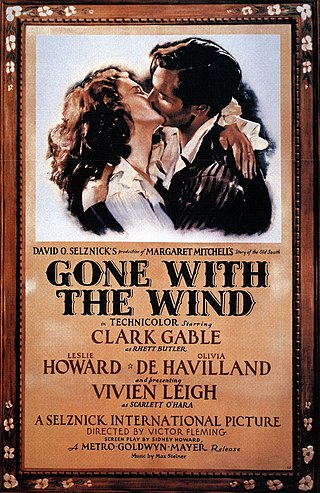
Gone with the Wind is a 1939 American epic historical romance film adapted from the 1936 novel by Margaret Mitchell. The film was produced by David O. Selznick of Selznick International Pictures and directed by Victor Fleming. Set in the American South against the backdrop of the Civil War and the Reconstruction era, the film tells the story of Scarlett O'Hara, the strong-willed daughter of a Georgia plantation owner, following her romantic pursuit of Ashley Wilkes, who is married to his cousin, Melanie Hamilton, and her subsequent marriage to Rhett Butler.

British actress Vivien Leigh (1913–1967) was born in Darjeeling, India; her family returned to England when she was six years old. In addition to her British schooling, she was also educated in France, Italy and Germany, and became multilingual. Classically trained at the Royal Academy of Dramatic Art, her film debut was in an uncredited role in the 1935 comedy Things Are Looking Up.
"Frankly, my dear, I don't give a damn" is a line from the 1939 film Gone with the Wind starring Clark Gable and Vivien Leigh. The line is spoken by Rhett Butler (Gable), as his last words to Scarlett O'Hara (Leigh), in response to her tearful question: "Where shall I go? What shall I do?" Scarlett clings to the hope that she can win him back. This line is slightly different in Margaret Mitchell's 1936 novel Gone with the Wind, from which the film is derived: "My dear, I don't give a damn."
The 12th Academy Awards ceremony, held on February 29, 1940 by the Academy of Motion Picture Arts and Sciences (AMPAS), honored the best in film for 1939 at a banquet in the Coconut Grove at The Ambassador Hotel in Los Angeles. It was hosted by Bob Hope, in his first of nineteen turns as host.

Gable and Lombard is a 1976 American biographical film directed by Sidney J. Furie. The screenplay by Barry Sandler is based on the romance and consequent marriage of screen stars Clark Gable and Carole Lombard. The original music score was composed by Michel Legrand.
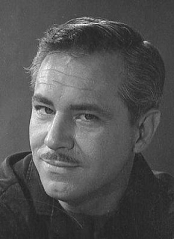
Herman Frederick Crane, was an American film and television actor and radio announcer. He is probably best known for his role as Brent Tarleton in the 1939 film, Gone with the Wind, speaking the opening lines in the movie during the opening scene with Scarlett O'Hara and Stuart Tarleton.
Katharine "Kay" Brown Barrett was a Hollywood talent scout and agent beginning in the 1930s. She is most famous for bringing Margaret Mitchell's novel Gone with the Wind to the attention of David O. Selznick, for whom she worked, in 1936. She had a long career as representative, talent scout and agent with Leland Hayward, MCA and International Creative Management ("ICM").
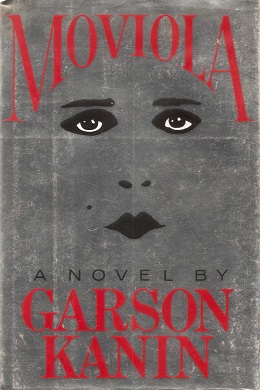
Moviola is a 1979 novel, published by Simon & Schuster, by writer-director Garson Kanin.

Margaret "Talli" Tallichet was an American actress and longtime wife of movie director William Wyler. Her best-known leading role was with Peter Lorre in the film noir Stranger on the Third Floor (1940).

Marcella Martin was an American actress, remembered for her role as Cathleen Calvert in Gone with the Wind (1939).
















